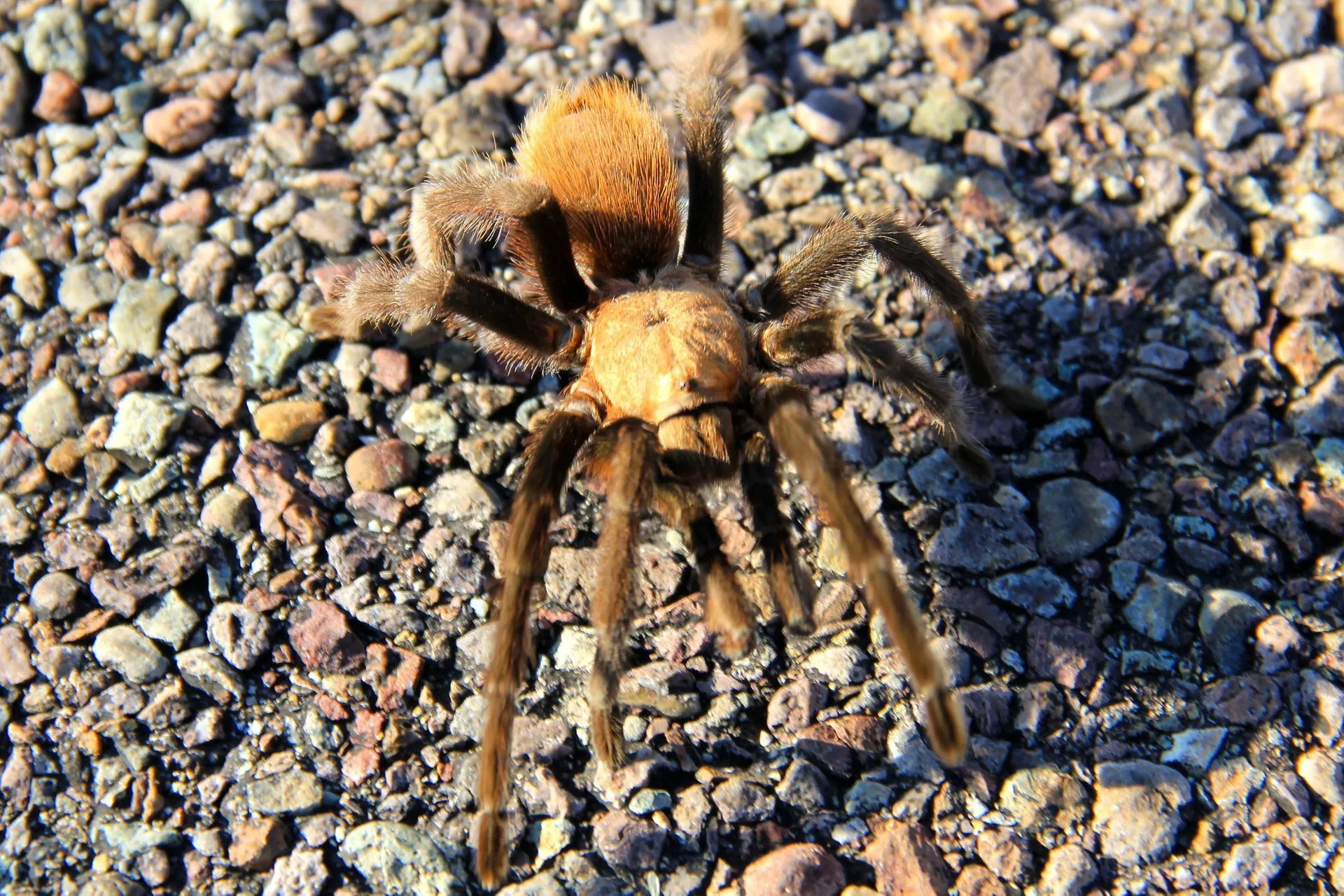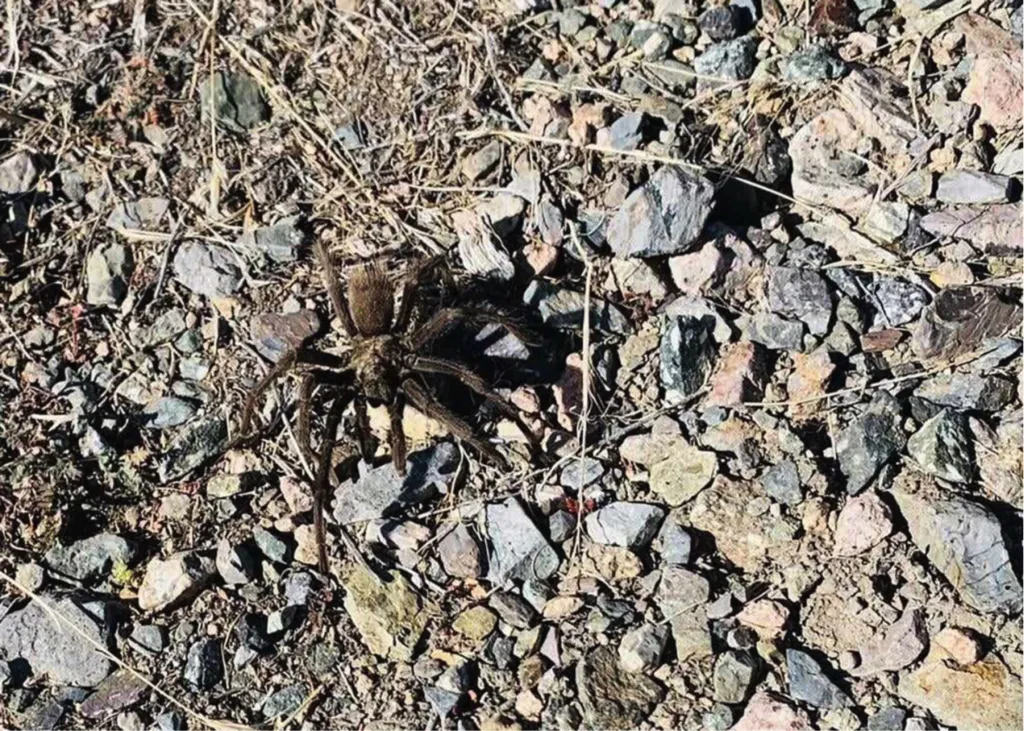Understanding Tarantula Migration
Tarantula migration is a fascinating natural phenomenon, a seasonal movement undertaken by these impressive arachnids. Unlike the migrations of birds or mammals, tarantula migrations are typically driven by the need to reproduce. This often involves males embarking on a journey to find receptive females, leading to a spectacular display of spider activity across various terrains. During this period, numerous tarantulas can be observed, often crossing roads, trails, and other areas, providing a unique opportunity for wildlife enthusiasts and photographers to witness this natural marvel. The timing and intensity of the migration can vary based on species, location, and environmental factors, making it a captivating subject of study and observation.
What Triggers Tarantula Migration
Several factors can trigger tarantula migration, with the primary driver being the reproductive cycle. The onset of the mating season, typically influenced by changes in environmental conditions, such as temperature and humidity, prompts mature male tarantulas to begin their search for mates. Warmer temperatures, especially after periods of rain, often signal the start of the migration. The availability of females in the area also plays a crucial role, as males are drawn to areas where females are known to reside. Additionally, the specific characteristics of the tarantula species, including their life cycle and habitat preferences, can influence the timing and duration of the migration.
The Timing of Tarantula Migration

The timing of tarantula migration varies depending on the species and geographic location, but it generally occurs during specific seasons. In many regions, the migration coincides with the late summer or early fall months, when the weather is still warm, and humidity levels are favorable. The peak of the migration period can last for several weeks, during which large numbers of tarantulas become visible. Local weather patterns, such as rainfall, can also influence the timing, as the spiders often emerge after rain events. It’s essential to research the specific tarantula species and their known migration patterns in your area to anticipate the best time to witness this event.
Observing Tarantula Migration Safely
Observing tarantula migration can be an exciting experience, but it’s crucial to prioritize safety. Maintain a respectful distance from the tarantulas and avoid handling or provoking them, as they may bite in self-defense. Be aware of your surroundings, including potential hazards like uneven terrain, wildlife, and traffic if you are near roads. Wear appropriate clothing, such as long pants and closed-toe shoes, to protect yourself from potential bites or stings from other insects. Always observe the tarantulas from a safe vantage point and use binoculars or a camera with a zoom lens for a closer view. Never attempt to capture or relocate a tarantula, as this can be harmful to both you and the spider.
Essential Gear for Tarantula Spotting
If you plan to witness tarantula migration, having the right gear can enhance your experience. Essential items include sturdy footwear suitable for walking in various terrains, such as hiking boots or sturdy trail shoes. A pair of binoculars will allow you to observe the tarantulas from a safe distance without disturbing them. A camera with a zoom lens is ideal for capturing detailed photos and videos of the spiders in their natural habitat. Consider bringing a flashlight or headlamp for observing during low-light conditions, but avoid shining the light directly at the tarantulas. Remember to bring water and snacks, especially if you plan to spend several hours observing the migration, and a basic first-aid kit for any minor injuries.
Best Locations for Tarantula Migration

Tarantula migration occurs in various regions, but some locations are particularly known for their high tarantula populations and the spectacle of their migration. The southwestern United States, including states like Arizona, New Mexico, and California, is home to several tarantula species, making it a prime location for observing their migration. In these areas, you can often find tarantulas crossing roads, trails, and open areas. Additionally, parts of Central and South America, as well as certain regions of Africa and Asia, also offer opportunities to witness tarantula migration. Research the local tarantula species and their known habitats to determine the best locations for viewing the migration in your area.
Documenting Tarantula Migration with Photos
Photographing tarantula migration can be a rewarding experience, allowing you to capture the beauty and behavior of these fascinating creatures. When taking photos, use a camera with a good zoom lens to maintain a safe distance from the tarantulas. Focus on capturing the spiders in their natural environment, showcasing their size, color, and any unique features. Experiment with different angles and perspectives to create interesting compositions. Be patient and observant, as tarantulas can be active during certain times of the day. If possible, use natural light to avoid disturbing the spiders with artificial light sources. Remember to respect the tarantulas and their habitat, and avoid disturbing their activities while taking photos.
Protecting Yourself from Tarantulas
While tarantulas are generally not aggressive, it’s essential to take precautions to protect yourself. Avoid provoking or handling the tarantulas, as they may bite if they feel threatened. Wear long pants and closed-toe shoes when observing the migration, especially in areas with dense vegetation or uneven terrain. Be aware of your surroundings and watch out for other potential hazards, such as snakes or other wildlife. If you are bitten, clean the wound thoroughly with soap and water and monitor for any signs of infection. While tarantula bites are generally not life-threatening, they can cause pain and swelling, so it’s important to seek medical attention if symptoms worsen or if you experience an allergic reaction.
Respecting Tarantula Habitats

When observing tarantula migration, it’s important to respect their habitats and minimize your impact on the environment. Stay on designated trails to avoid trampling vegetation and disturbing the spiders’ homes. Avoid littering or leaving any trash behind, and dispose of waste properly. Refrain from collecting or removing any tarantulas or their eggs, as this can disrupt the natural ecosystem. Be mindful of the noise you make and avoid disturbing other wildlife in the area. By practicing responsible wildlife viewing, you can help protect tarantulas and their habitats for future generations, ensuring that others can enjoy witnessing this unique natural phenomenon.
Tarantula Migration FAQs
Here are some frequently asked questions about tarantula migration:
How long does tarantula migration last? The duration varies depending on the species and location, but it typically lasts for several weeks during the mating season.
Where can I find tarantulas during migration? They can be found crossing roads, trails, and open areas in their natural habitats.
Are tarantulas dangerous? Tarantulas are generally not aggressive, but they may bite if provoked. Their bite is usually not life-threatening, but can cause pain and swelling.
What should I do if I see a tarantula? Observe it from a safe distance and avoid handling or disturbing it.
Can I keep a tarantula I find during migration? No, it’s best to leave the tarantulas in their natural habitat and avoid collecting them.
By understanding these answers, you can be better prepared for your tarantula migration observation.
